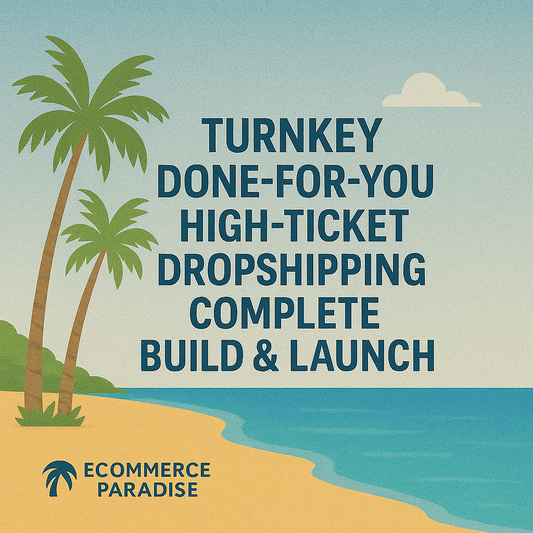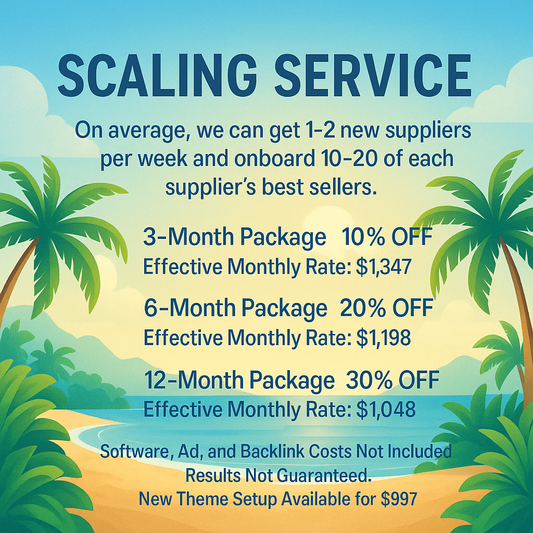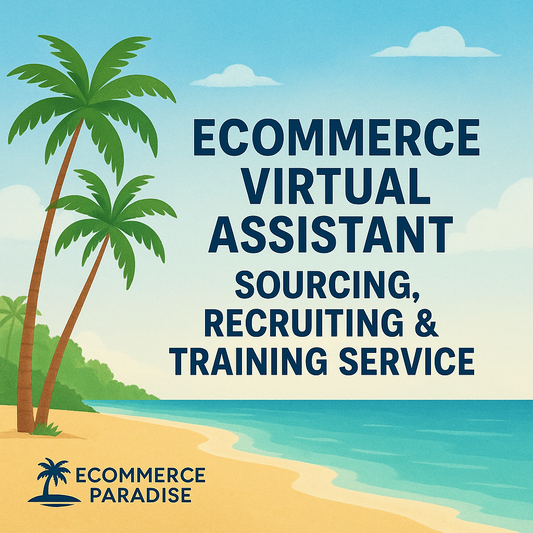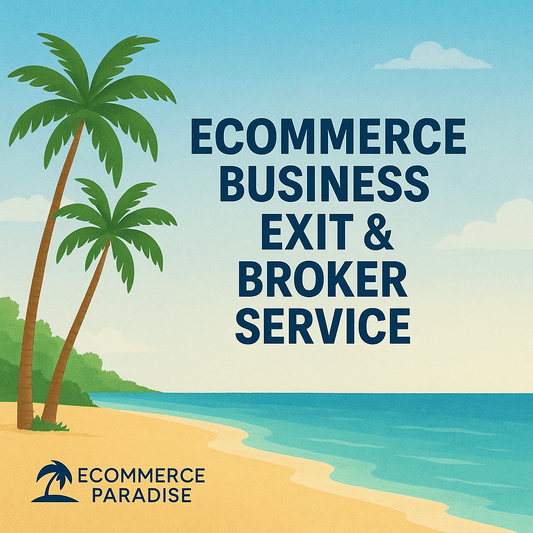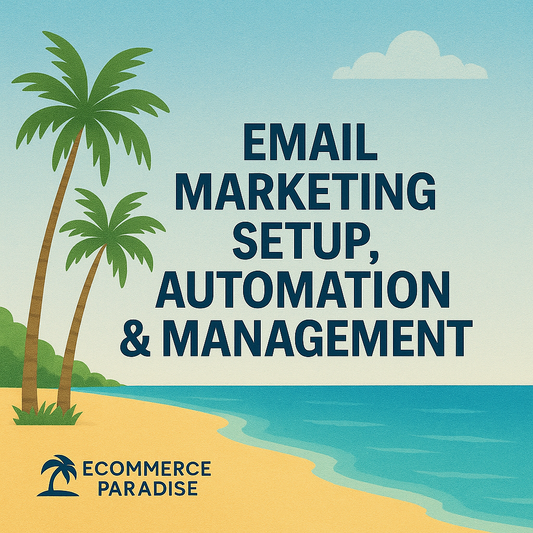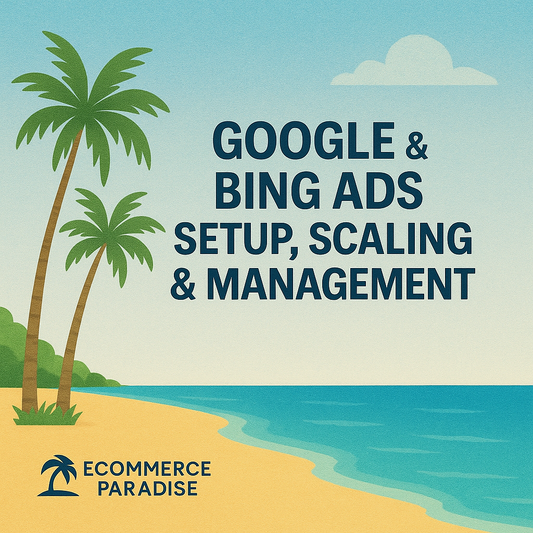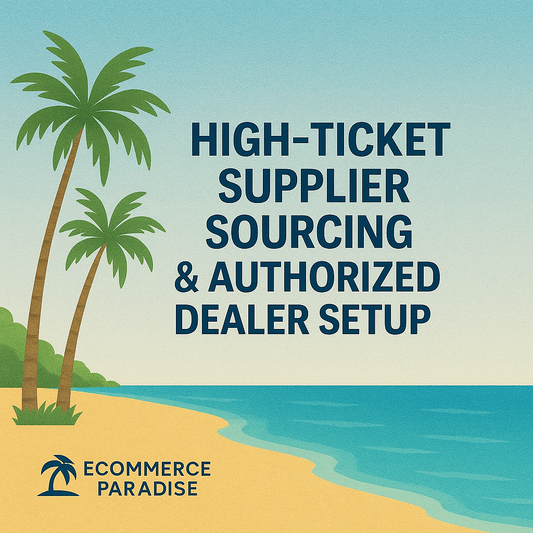
Best Landing Page Builder: Top Tools for Effective Conversions

A strong landing page can make a significant difference in online marketing. Choosing the best landing page builder can help boost conversions and grow a business. With many options available, it’s essential to find a tool that suits specific needs and objectives.
Each landing page builder offers unique features, from drag-and-drop design to customizable templates. This allows users to create visually appealing pages without needing extensive technical skills. The right builder simplifies the process and enhances user experience.
In this blog post, several top landing page builders will be explored. This will guide readers in selecting the best option for their projects and goals.
Understanding Landing Pages
Landing pages play a crucial role in online marketing. They are designed to guide visitors to take specific actions. This section explores what landing pages are, their purpose in eCommerce, and the significance of focusing on high-ticket dropshipping.
Defining a Landing Page
A landing page is a standalone web page created for a specific marketing goal. It often appears after a visitor clicks on a link in an email, social media post, or advertisement. The main feature is that it has no distractions, allowing users to focus on the intended action.
Typically, landing pages include elements such as:
- Headline: Captivates and informs.
- Subheadline: Offers additional detail.
- Call-to-Action (CTA): Encourages users to take action, like signing up or making a purchase.
- Visuals: Images or videos related to the offer.
Effective landing pages are essential for converting visitors into customers.
Purpose of Landing Pages in Ecommerce
In eCommerce, landing pages are used to drive sales and increase conversions. They focus on specific products or promotions. When well-structured, these pages guide potential customers toward making a purchase.
The key purposes include:
- Targeted Marketing: Landing pages can address specific customer needs and demographics.
- Data Collection: They often collect user information for further marketing efforts.
- Improve SEO: Optimizing these pages can increase organic search visibility.
A successful landing page can significantly boost eCommerce performance by engaging visitors and prompting sales.
Importance of High Ticket Dropshipping Focus
High-ticket dropshipping involves selling expensive products without holding inventory. Landing pages are crucial here to highlight the value of these products. They must build trust and showcase quality.
Key points to consider:
- Trust Elements: Testimonials, ratings, and reviews help establish credibility.
- Clear Benefits: Clearly outline what makes the product worth the price.
- Effective CTAs: Strong calls to action can drive more sales.
Focusing on high-ticket dropshipping requires landing pages that effectively communicate value and reinforce trust, leading to higher conversion rates.
Selecting a Landing Page Builder
Choosing the right landing page builder is crucial for success. The right tool should match specific needs while providing user-friendly features. This includes understanding criteria for selection and comparing the top options available.
Criteria for Choosing the Best Builder
When choosing a landing page builder, consider these important criteria:
-
Ease of Use: The platform should be intuitive and user-friendly. Drag-and-drop interfaces simplify design even for beginners.
-
Templates and Customization: Quality templates can save time. Builders should offer a variety of templates that are easy to customize to fit a brand’s look.
-
Mobile Responsiveness: Many users access pages on mobile devices. The builder must ensure that landing pages look good on all screen sizes.
-
Integrations: Check if the builder integrates with email marketing tools and CRM systems. This functionality enhances workflow and tracking.
-
Pricing: Consider the cost in relation to the features offered. A good builder should offer fair pricing for both basic and advanced functionalities.
Leading Landing Page Builders Overview
This section covers key landing page builders known for their features and ease of use. Each tool has unique strengths that can help users create effective landing pages to improve conversions.
Zipify

Zipify Pages is designed for Shopify users who want to create high-converting landing pages quickly. It offers drag-and-drop functionality that makes page building simple. Users can access various templates optimized for sales.
Key features include:
- Templates: Pre-designed options tailored for different sales goals.
- Customization: Easy editing options without needing coding skills.
- Integrations: Works well with email marketing tools and Shopify apps.
With its focus on e-commerce, Zipify Pages helps store owners boost sales through tailored landing pages.
Leadpages

Leadpages is a versatile landing page builder that caters to various business needs. It provides a wide range of templates and features, making it suitable for beginners and experienced users alike.
Important aspects of Leadpages include:
- A/B Testing: Allows users to test different versions of pages to see which performs better.
- Lead Magnet Tools: Create pop-ups and forms to capture leads effectively.
- Analytics: Built-in tracking presents data on page performance and visitor behavior.
Leadpages is a solid choice for anyone looking to generate leads and increase conversions with minimal effort.
Unbounce

Unbounce is known for its powerful features aimed at marketers looking for flexibility. It excels in creating landing pages that convert, thanks to its sophisticated tools.
Noteworthy features of Unbounce are:
- Dynamic Text Replacement: Personalizes landing pages based on ad campaigns.
- Smart Traffic: Automatically directs visitors to the best-performing landing page.
- Extensive Integrations: Connects seamlessly with various marketing tools and CRMs.
Unbounce is ideal for users focused on optimizing their landing pages to drive specific actions.
HubSpot

HubSpot is more than just a landing page builder; it is part of a comprehensive inbound marketing platform. It provides users with tools to create pages that align with their broader marketing strategies.
Key features include:
- Integrated CRM: Combines landing pages with customer relationship management for better targeting.
- Marketing Automation: Automates follow-ups and lead nurturing processes.
- Content Management: Easily manage and analyze website content alongside landing pages.
HubSpot suits businesses looking for an all-in-one solution for marketing efforts, providing a cohesive experience from landing pages to lead conversion.
Integrating with Ecommerce Platforms
Integrating landing page builders with ecommerce platforms is essential for boosting online sales and improving customer experience. This integration allows businesses to create effective sales funnels and streamline their operations.
Linking Builders with Shopify
Many landing page builders easily connect with Shopify. This integration enables users to create custom landing pages that directly link to their Shopify stores.
Benefits of Linking:
- Quick Setup: Users can quickly set up pages without technical skills.
- Design Options: They can choose from a variety of templates that fit their brand.
- Real-Time Editing: Changes reflect immediately, ensuring the latest updates are always visible.
Once linked, users can drive traffic to these pages from ads and emails, increasing their chances of conversions. They can also track performance metrics to refine their strategies.
Automation and Workflow Enhancement
Using landing page builders with ecommerce platforms enhances automation. Integrating tools helps streamline marketing efforts and save time.
Key Features:
- Lead Capture Forms: Automatically collect customer information.
- Email Marketing Sync: Integrate with email services for targeted campaigns.
- Order Management: Sync order details between the landing pages and store.
By automating tasks, businesses can focus on growing their brand. This efficiency not only improves customer satisfaction but also increases sales without needing additional resources.
Designing for Conversion
Effective design can significantly boost conversion rates. This involves careful planning of layout and content while also considering strategies for selling high-ticket items.
Best Practices for Layout and Content
A clean and organized layout is essential. Key elements should be easily identifiable. Use headings, subheadings, and bulleted lists to break up text. This keeps the page engaging and readable.
Color choice matters. Use contrast to highlight call-to-action buttons. For instance, a bright button against a neutral background draws attention.
Images should be high quality and relevant. They help to tell a story and engage visitors. Including customer testimonials in strategic places also builds trust.
Make navigation simple. Avoid clutter and keep the most important information visible above the fold. Users should not have to scroll too much to find what they need.
Optimizing for High Ticket Sales
Selling high-ticket items requires a different approach. First, provide detailed product descriptions. These should answer potential questions and address common objections.
Use high-quality images from multiple angles. This offers a better understanding of the product. Video demonstrations can also enhance the browsing experience.
Trust signals are crucial. Adding guarantees, return policies, and certifications can reassure potential buyers. Display customer reviews prominently to share positive experiences.
Consider implementing a strategy like upselling or cross-selling. Suggesting related products can increase the average sale value.
Ultimately, the landing page should guide visitors toward making a confident purchasing decision.
Testing and Optimization
Testing and optimization are key for improving landing page performance. By using techniques like A/B testing and analyzing performance metrics, creators can enhance their pages effectively.
A/B Testing Essentials
A/B testing is a method where two versions of a landing page are compared. This helps identify which elements work better for attracting visitors.
-
Simple Changes: Start with small tweaks, like button colors or headlines. This allows for quick adjustments and clearer results.
-
Track Visitors: Use tools to split traffic evenly between the two versions. This ensures each version gets the same number of visitors for accurate data.
-
Analyze Results: After running the test for a set period, gather data. Check conversion rates, click-through rates, and user feedback. The page with better performance can replace the less effective version.
Analyzing Performance Metrics
Understanding performance metrics is vital for making informed decisions. Some key metrics include:
-
Conversion Rate: This shows the percentage of visitors who take the desired action, like signing up or purchasing.
-
Bounce Rate: It measures how many visitors leave without interacting. A high bounce rate indicates issues with the landing page.
-
Average Time on Page: This metric reflects user engagement. Longer times often mean content resonates with visitors.
By reviewing these metrics regularly, creators can pinpoint strengths and weaknesses. Adjustments can then be made to improve user experience and boost conversions. Using landing page builders that provide built-in analytics tools makes this process easier.
Advanced Features and Tools
Advanced landing page builders come equipped with specialized tools that enhance user experience and engagement. These features can significantly improve the effectiveness of a landing page, making them crucial for marketers.
Dynamic Text Replacement
Dynamic Text Replacement (DTR) allows marketers to customize text on landing pages based on the visitor's search queries or other data. For example, if someone clicks on an ad for running shoes, the page can automatically change to display "Running Shoes for Sale." This personalization makes the experience more relevant and can lead to higher conversion rates.
Tools like Unbounce offer easy-to-use DTR functionality. Users simply insert dynamic fields into the text, linking them to specific parameters. HubSpot also provides dynamic content options that adjust based on user behaviors. This capability helps maintain attention and can reduce bounce rates.
Integration Capabilities
Integration capabilities are essential for connecting landing page builders with existing marketing tools. A good landing page builder will allow users to sync with email marketing services, CRM platforms, and analytics tools.
For instance, Unbounce integrates seamlessly with popular platforms like Mailchimp and Salesforce. This allows for automatic lead capturing and nurturing. HubSpot also offers robust integration features, letting marketers manage their campaigns from one central location.
These integrations simplify the workflow and ensure that data flows smoothly between systems. This efficiency leads to more effective marketing strategies and better results for campaigns.
Security and Compliance
When choosing a landing page builder, security and compliance are vital. These aspects help protect user data and ensure that the service meets legal requirements.
Ensuring Data Protection
Data protection is crucial for any landing page builder. It involves safeguarding personal information from unauthorized access or breaches.
Key features to look for include:
- Encryption: Data should be encrypted both in transit and at rest.
- Secure Storage: User data must be stored in secure environments.
- Regular Backups: Frequent backups can help recover data if needed.
Additionally, builders should implement strong password policies and multi-factor authentication. These steps significantly enhance security, giving users confidence about their information.
Compliance with Regulations
Compliance with regulations is important for landing page builders. Depending on the region, various laws govern data handling.
For example:
- GDPR: The General Data Protection Regulation applies to businesses in the EU. It requires transparent data usage.
- CCPA: The California Consumer Privacy Act gives California residents rights over their personal data.
Builders must be aware of these regulations. Features like clear privacy policies and options to opt-out of data sharing are essential. They should also ensure that third-party integrations comply with the same standards. This commitment helps maintain trust with users and avoids legal issues.
Conclusion
Choosing the right landing page builder is important for success in online marketing. Several tools offer unique features to help create effective landing pages.
Key factors to consider include:
- Ease of Use: A user-friendly interface saves time.
- Templates: A variety of templates can enhance creativity.
- Integration: Compatibility with other tools is vital for streamlined marketing.
- Analytics: Built-in analytics help track performance.
Popular options include:
| Builder | Best Feature |
|---|---|
| ClickFunnels | Sales funnel optimization |
| Unbounce | A/B testing capabilities |
| Leadpages | High conversion templates |
| Instapage | Easy customization options |
Each builder has its strengths, catering to different needs. Selecting the right one can lead to better engagement and more conversions.
Invest time in exploring features and trial versions. Doing so can help find the best fit for specific goals. A well-chosen landing page builder makes a positive impact on marketing efforts.



